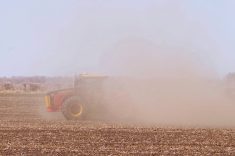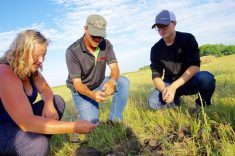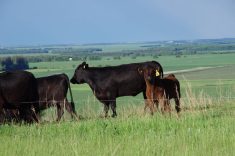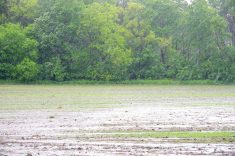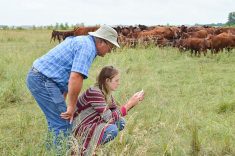Picture a scenario in which you must suddenly abandon everything, gather your children and evacuate your work and home.
The fear of leaving home or community is shared by 63 per cent of Canadians, as revealed in a spring survey conducted by First Onsite Property Restoration. In the Weather and Property Survey, Canadian residents also admitted to fears about wildfires (62 per cent) and wildfire smoke (66 per cent).
Three quarters of Canadians are worried about climate change and how it is affecting the severity of wildfires. Additionally, two thirds believe climate change is raising the cost of home and business insurance.
Read Also

100TH ANNIVERSARY: Where does ‘co-op’ fit in the Manitoba Co-operator after a century of farm reporting?
The Manitoba Co-operator is no longer owned by a co-operative, as it was at the start of its run, but Manitoba’s farm paper still reflects the spirit of co-operation that built this province
These fears are becoming more of a reality. Alberta recently issued a fire ban for an entire forest protection area due to extreme temperatures, and a ring of wildfires erupted around Canada’s oilsands capital of Fort McMurray.
Some 20 new fires have ignited in Alberta and British Columbia since July 8.
Whenever we get a major fire close to homes or businesses, there is a risk of evacuation and a looming threat of business interruption. The early start and frequency of this year’s fires is notable and their unpredictability is concerning.
The number one piece of preparedness advice is awareness. Always listen to authorities. If a community is on evacuation alert, residents must be ready to go, equipped with a full tank of gas and a packed bag. Moving quickly can protect lives.
For businesses, preparation can be complex, but is an important step toward mitigating risk and minimizing impact of a wildfire.
We often see particulate levels in the air that are 30 or 40 times the normal safe limit because of wildfire smoke, even though the fire can be 1,000 kilometres away. In 2023, Edmonton and Calgary set new records for smoke hours, according to Environment Canada numbers.
For business owners, employees and residents, breathing in wildfire smoke can be dangerous, and providing clean air for employees, customers, tenants and residents is a priority.
Employers can take steps to protect workers by allowing flexible work schedules on low air quality days and installing additional air scrubbing equipment.
Much discussion and action has taken place to protect, prepare and build communities to be more resilient to fires.
New building technology includes paperless materials and mould-resistant and more sustainable materials such as steel-shake roofing. Fire-resistant external building materials such as wood-free landscaping are being used.
Wildfires have also highlighted the risks of fire and smoke damage to commercial and residential properties. Residents and business owners can protect their lives, properties and assets from wildfire by making the roof fire-resistant, clearing gutter debris, removing nearby coniferous trees, pruning trees, keeping the lawn mowed, using fire smart landscaping and creating an evacuation plan.
Additionally, it’s critical to ensure adequate insurance coverage. Sixty per cent of Canadians in the survey were concerned about whether their insurance was at the right level. Policy holders should check their policies or ask their insurance representative to confirm their limit.
Ultimately, catastrophes provide an occasion to reshape our thinking about how communities are planned and built. While community planners consider how development can co-exist with natural areas, communities can plan for events and prepare to protect properties, reduce business interruption and safeguard lives.



